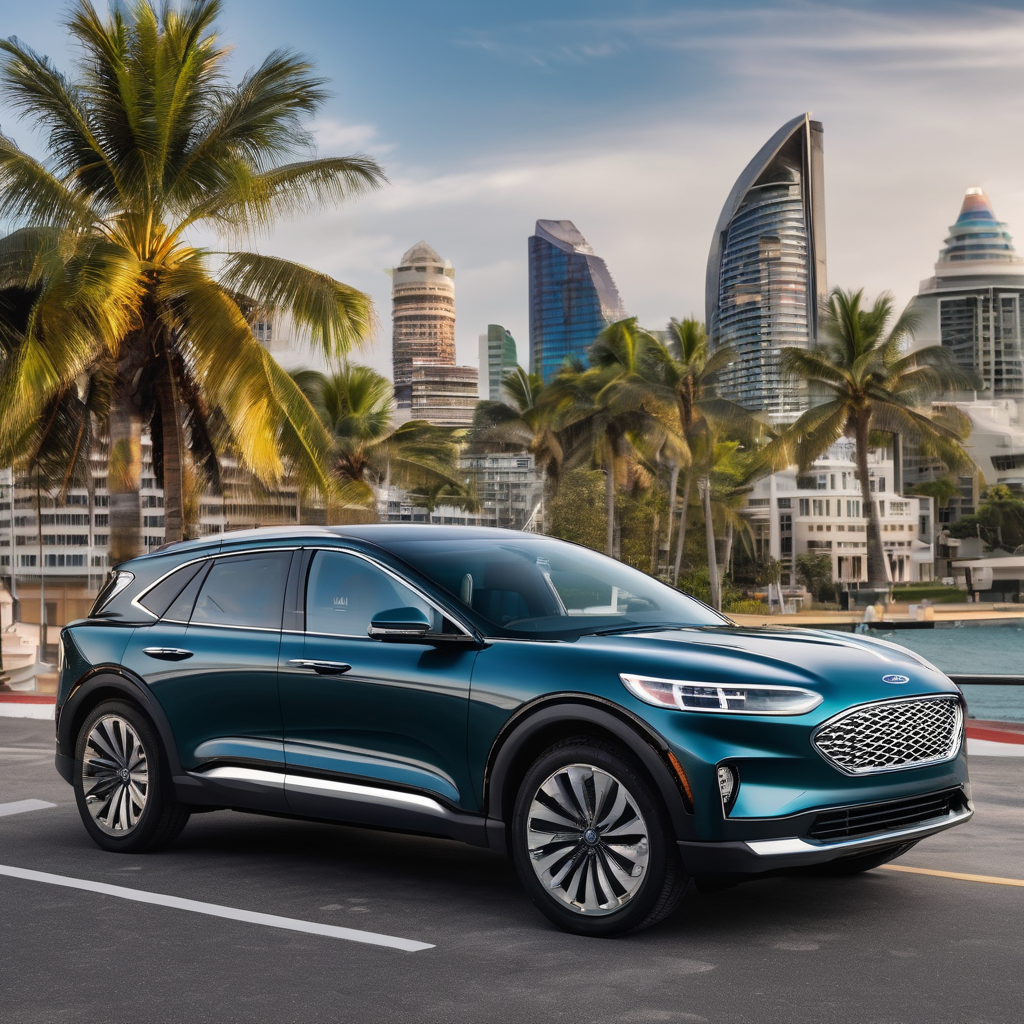Ford Motor Company is currently balancing a challenging financial environment as it invests heavily in the transition to electric vehicles while relying on the profitability of its traditional operations. The company’s latest financial report reveals a dual reality: substantial earnings from established sources are offsetting considerable losses incurred by its electric vehicle initiatives.
The Ford Pro segment, which caters to commercial clients and offers related services, emerged as a significant player, generating an impressive $5.6 billion in operating profit during the first three quarters of 2025. This segment’s financial success has been crucial for the company’s overall stability, not only absorbing losses from other divisions but also contributing a vital surplus of capital.
In stark contrast, the Model e division responsible for electric vehicles has faced significant fiscal challenges. In the same nine-month period, it reported a staggering operating loss of $3.6 billion—a figure that eclipsed the $2.3 billion profit achieved by Ford Blue, which focuses on internal combustion engine vehicles. This situation highlights a troubling dynamic where Ford’s traditional automotive business is effectively subsidizing its electric vehicle ambitions.
Market analysts have approached Ford’s mixed results with cautious optimism. The general consensus among financial experts is a “Hold” recommendation, with an average price target set at $11.73, slightly below Ford’s recent trading values. In March 2025, renowned investment firms, including JPMorgan and Piper Sandler, lowered their outlooks, reflecting concerns over the steep expenditures associated with Ford’s electric vehicle strategy and the slower-than-expected pace of market adoption.
Despite these challenges, recent weeks have teased a modest recovery in Ford’s stock price, suggesting that some investors may see potential value in the company’s future prospects. Ultimately, the path ahead for Ford requires astute management of its profitable legacy while aggressively pursuing the transition to electric vehicles, balancing present earnings with future aspirations. The stakes are high, and the company’s ability to navigate this dual landscape will be crucial for its long-term success.
